In the late 1980s, Gavin Watson built a boat. It wasn’t his first—he had previously built a plywood dinghy and a 16′ fiberglass sailboat of his own design, but it was his largest to-date: a 30′ cold-molded Stratus 927, a racing/cruising sloop designed by the late Alan Warwick. Gavin was living in Connecticut at the time, and during the long construction project, he met Andrea, his wife-to-be, at a country dance. When she learned he was building a boat, Andrea mentioned that she had previously worked as an interpreter at the Small Boat Shop at Mystic Seaport. Gavin’s interest level went up several notches. When the 30-footer was complete, the couple moved aboard.For a year, they lived a life afloat, but after experiencing the cold Connecticut winter, and dealing with the necessarily limited space, they concluded that they were not meant to be permanent liveaboards, and moved ashore and into a small apartment, which, as Gavin recalls, “seemed absolutely vast.”When they started a mobile boat-repair business the apartment became unworkable and they moved to a lakeside cottage in Ridgefield, Connecticut. The 30′ sloop was sold, but over the years, other boats were built, including two 22′ trimarans and a 27′ carbon-fiber double kayak.
Join The Conversation
We welcome your comments about this article. To include a photo with your remarks, click Choose File below the Comment box.



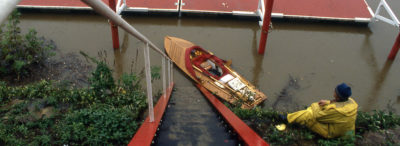


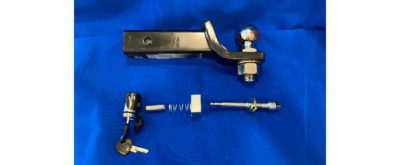


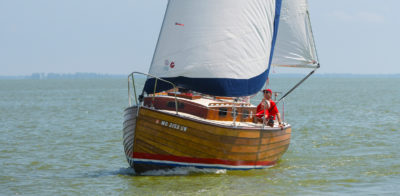
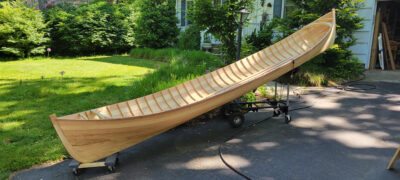
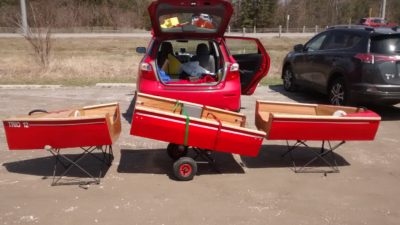
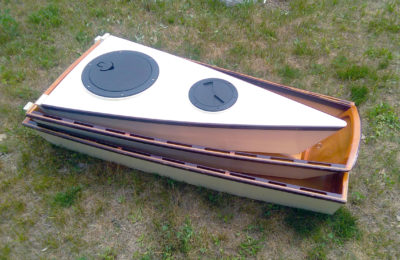
Nice build, Gavin. Particularly like your rig. I’m in the middle of building a 19’ sailboat with a ketch rig and would love to adapt your rig for my use, though a bit smaller. I see you used Rolly Tasker sails. Could you tell where you sourced your carbon-fiber masts and if the roller furlers are of your own design? (Video shows a very smooth deployment.)
Thank you,
Dan
Thanks, Dan. The spars were made by Forte Carbon Spars in Ledyard, Connecticut.
Dan you can see videos of the whole build on my Gavin Watson Youtube channel.
The Dec 2nd one shows the installation of the tubes that the masts fit into. The March 5th and May 28th ones would probably also be useful they show more of how the system works.
Great information, Gavin. Couldn’t have asked for more. Thank you kindly.
I just got a SeaPearl 21, so this boat really captures my attention. Love to see it in person someday, maybe at the WoodenBoat Show this year?
What a very clever interpretation of the Snekke rig, Gavin! I would love to know more about it and have lots of questions, which I hope you won’t mind my asking:
Your flexible fiberglass batten does the work of a much heavier sprit; how much is it aided in holding up the top corner of the mainsail by the presence of the vertical batten?
Is the batten a flat blade section (to be bendy enough to wind around the mast). How thick did you make it?
As the sails have pocket luffs, why don’t the masts just spin inside the pockets when you reef or furl; what did you do to fix the luff to a line along its spar? I can see that the tack of the sail is tied downwards to the mast reefing drum and so will follow round, but what obliges the top of the sail to wind up properly, is it also tied to the mast?
When reefed, does the main set nicely; can you achieve well distributed gathering along the spar, without bagginess in the middle or at one end?
As you are roller furling/reefing onto a tapered spar ; what did the sailmaker have to do to make the reefed sail stand well?
In your videos, I admire the very smooth wake left by the boat, very pretty!
How does she behave at full speed and when reefed?
All the best with the winter season,
Henry in France